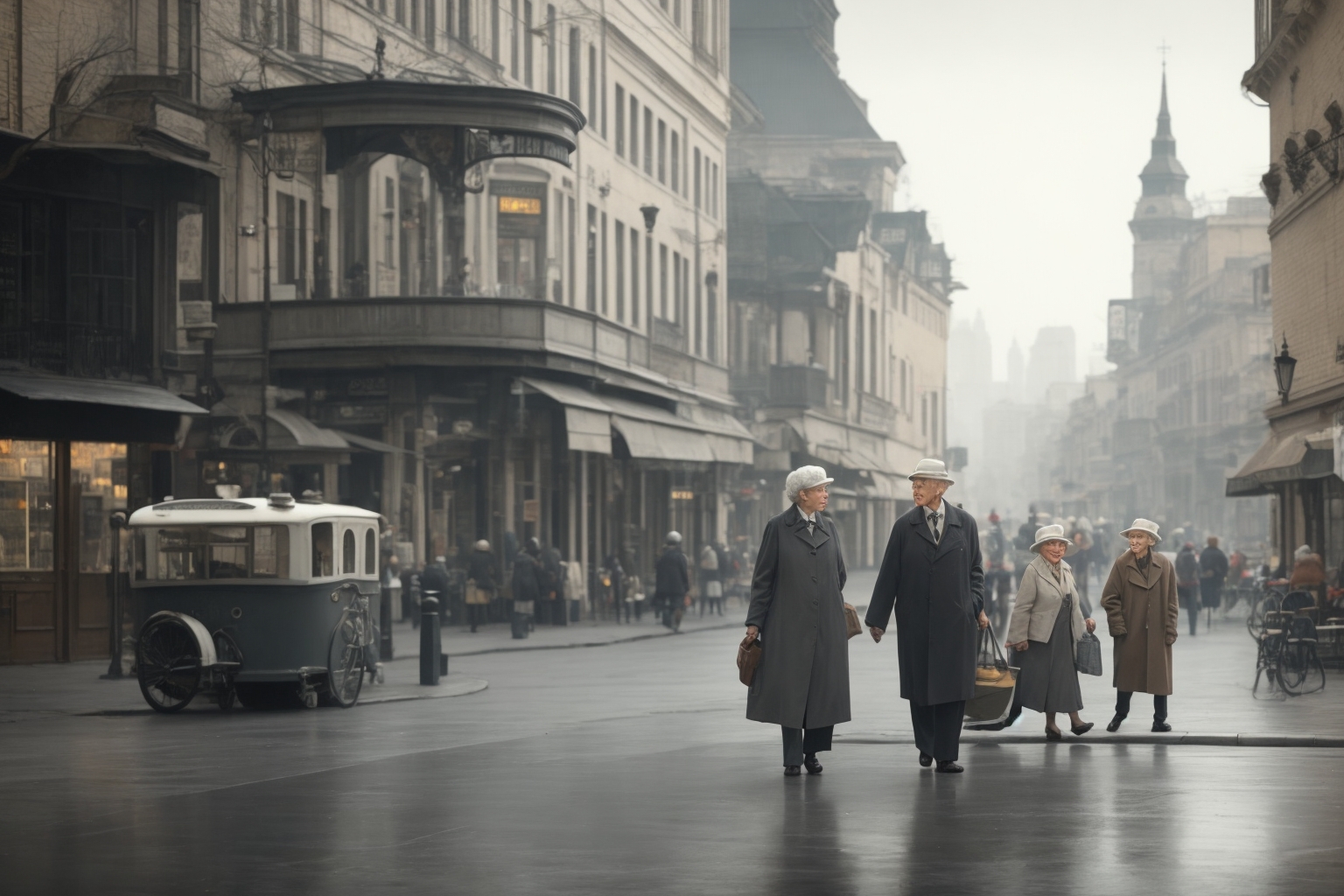

There is rightly, an air of mystery pervading the woodcut prints by the Japanese artist Akira Kurosaki of China contrasting with his more geometric work of several years ago (see Hemisphere cover, October 1977).
On these two pages present five of his views of China. They are done in the ancient kayo-e tradition: from wood blocks cut by the master himself, printed by professional printers as were Japanese woodcuts from their inception. Kurosaki makes his own rice paper, grinds his own pigments-a procedure that has been going on for centuries in Japan, for there has always been a close collaboration between the master and the printer in producing these works that profoundly influence the art of the west from the time it was ‘discovered’ towards the end of the last century.
Kurosaki has been described by the Canadian expert, Father Gaston Petit, in this way: ‘Never deviating from traditional methods for making his prints, Kurosaki stands alone in grandeur among works which provide unequaled portrayals of depth and mystery.’
Kurosaki, born in 1937, graduated from Kyoto Technical University, where he is now professor of design. His works are not only in many museums and art galleries in his native Japan, but he is represented in the Uffizi, Florence, including the Museum of Modern Art in New York, in Poland, in East Germany, Chile, Sweden, in the Victoria and Albert Museum in London and in the Art Gallery of New South Wales.Kurosaki’s vision of China is redolent of the air of ancient mystery that surrounds that country. His print of the Temple of heaven, showing only its base, leaves one imagine the exquisite architectural proportions of the building itself; the Imperial palace is what one would call in the old English sense, a ‘conceit’: the plan of the palace in gold on a black lacquer cabinet; the economy of line in The Great Wall, and its carefully-chosen colors suggest the near-infinity of this awe-inspiring construction, ranging solidly along the mountain peaks. Beautiful Kweilin is the title of a striking picture of those pillar-like mountains that many Chinese painters have done and which you never believed could exist until you have seen them; geologists call their formation ‘Tower Karts’-made of a very pure limestone. Their formation is due to a geologically rapid solution of that pure limestone, aided by an acid content of the air due to rich vegetation; they stand so proudly because they are, in geologists’ teams, ‘well joined mechanically.’ Their strange and arresting beauty is reminiscent of Stonehenge, and Kurosaki has captured this.



Leave a Reply